This Spanish Seafood Paella embodies the authentic Spanish experience with simple, fresh ingredients. It's a rice dish flavored with saffron and loaded with seafood, including fish, shrimp, and mussels.
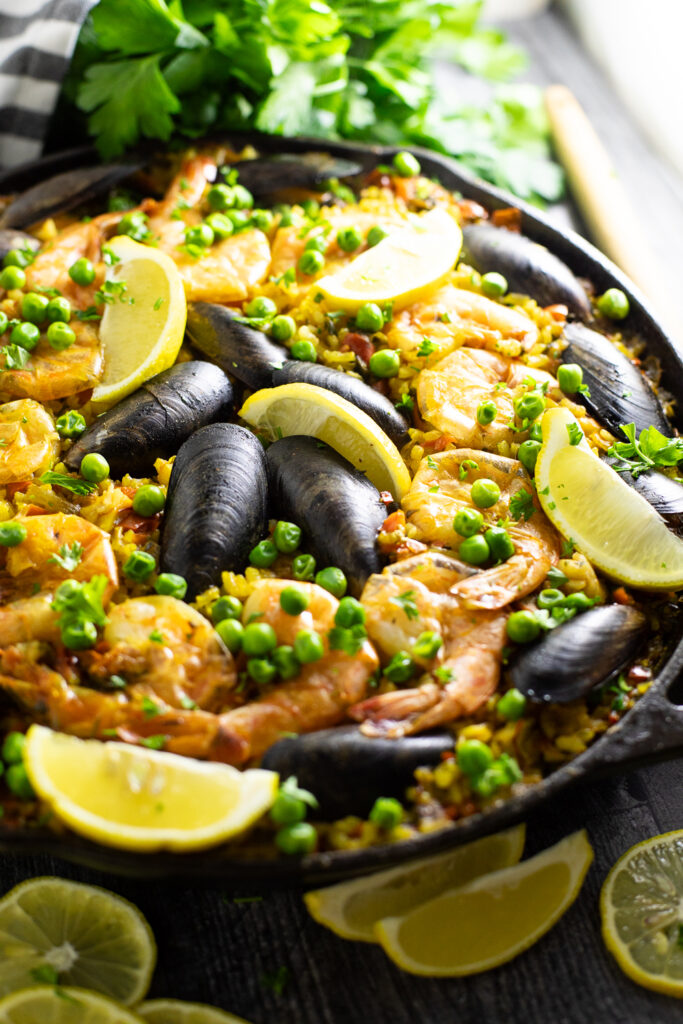
Spanish Seafood Paella
Spanish Seafood Paella is the most popular food in Spain. It is a classic one-pot meal, and is simple to make and delicious to eat! With this authentic recipe, you can make it in your very own kitchen at home. You will love the comforting but fresh flavors in this paella, featuring rice, saffron, and lots of seafood, including fish, shrimp, and mussels.
We haven't talked about this much publicly, mostly because it was so stressful. But last September, we travelled to Malaga, Spain with all five of our kids so that our youngest little guy could have surgery on his eye. He was born with congenital ptosis, and we traveled to a doctor in Spain who could repair his eye, so he wouldn't lose his vision.
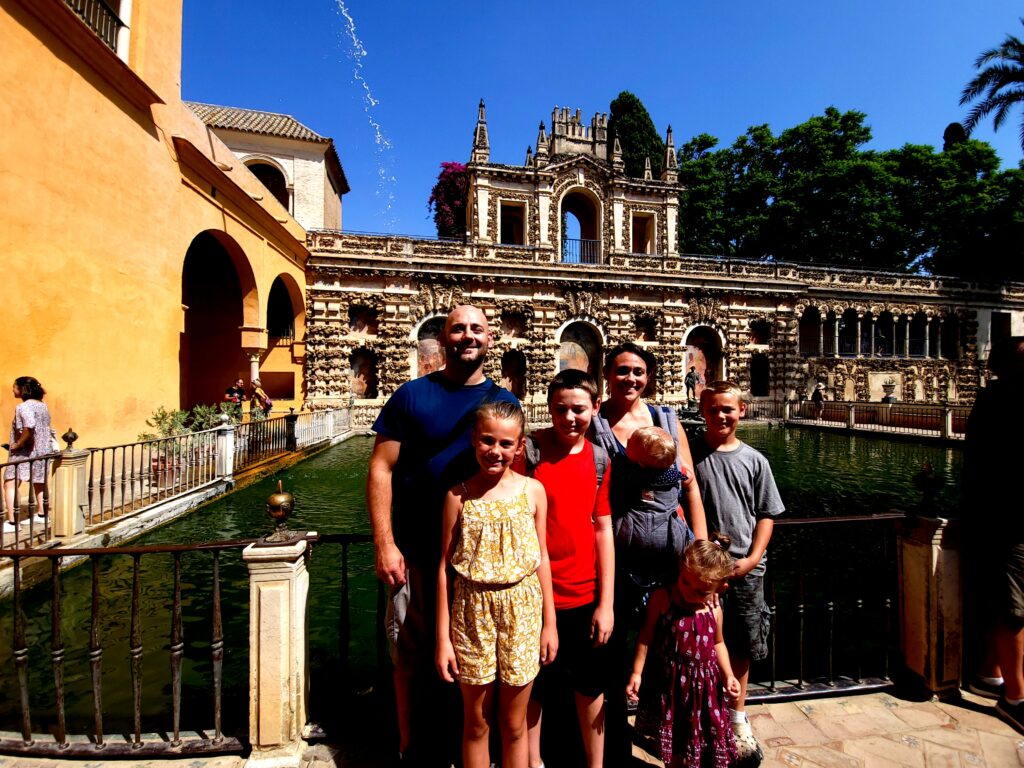
In any case, I was still excited to travel to Spain, and we did see some sights and try some authentic food. Our first time out, we ordered the paella, and we fell in love. So much so that I literally started testing this recipe for seafood paella while we were still in Spain.
I have made this Spanish seafood paella recipe many times since then, and while it's still a little different cooking it here in America (maybe it's just that I'm missing the view of the Mediterranean Sea...), I've tried to keep this recipe as authentic as possible.
And it is! This Spanish Seafood Paella is authentic and delicious, and even though we'd prefer the scenery in Spain while we enjoy it, this version is a simple way to bring Spain to us.
What is Paella?
Traditional paella is from Valencia, Spain. It originated as a peasant dish made from rice, saffron, vegetables, and protein such as chicken or seafood. Spain is right on the Mediterranean sea, so fresh seafood is plentiful!
It remains popular in both Valencia and all of greater Spain.
This Spanish seafood paella recipe contains all of those authentic ingredients as well as jumbo shrimp and mussels.
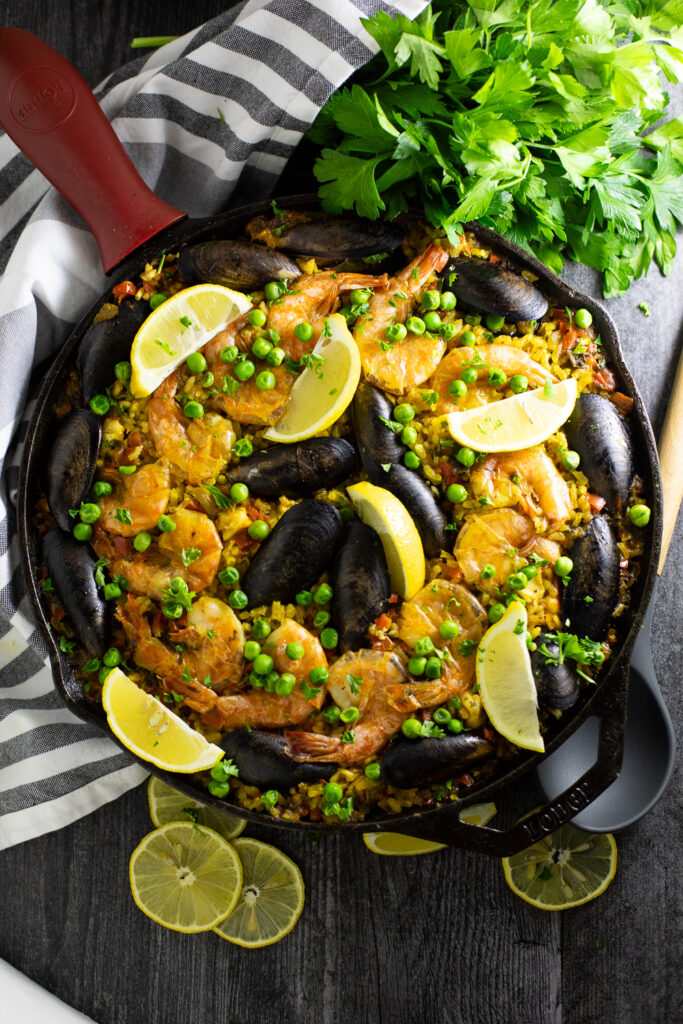
What is in Seafood Paella?
Spanish seafood paella contains fresh simple ingredients. These include:
- Saffron: This beautiful spice gives the dish is deep, golden hue and signature flavor.
- Vegetables: Including onions, garlic, bell pepper, and tomato. These are cooked down in the sauce.
- Broth: The dish is cooked in seafood broth to really bring the seafood flavor to the front. In Spain, it was very easy to find seafood broth on the grocery shelf. However, I've found it more difficult here in the midwest United States. You can make a simple seafood broth by boiling shrimp shells in water. Or substitute for chicken or vegetable broth in a pinch.
- Olive oil: The cooking oil of choice in Spain is olive oil. There are many beautiful olive orchards there. My favorite olive oil to buy here is Garcia de la Cruz. It has an amazing, full, fruity flavor.
- Peas: The peas act as a garnish of sorts. There's not very many and they don't need to cook for long.
- Seafood: Tons of seafood goes into a Spanish seafood paella. There is the seafood broth, fish cooked in with the rice for more flavor, large prawns or shrimp, mussels, and clams. I was unable to find clams when making it here in the U.S., and the mussels were from the frozen section. It may be easier to find fresher seafood on the coasts, but frozen will work find for our recreation purposes.
- Rice: What is special about paella rice? The rice used for paella is different than the most commonly used white long grain rice in America. In Spain, it was called arroz bomba, which is a round, short-grain rice, more like a sushi rice than the long grain white rice that we are used to seeing in America. Another round variety that will work for this recipe is arroz redondo, or "round rice." They are sometimes used interchangeably with the bomba. If you can't find these at your local grocer, check Amazon. Or you can use calrose rice, but rinse it first because it gets very sticky when cooked.
Do I Need a Paella Pan?
No, you don't need a paella pan. But if you don't have one, I'd recommend using a 12-inch (or bigger) cast-iron skillet. I use my 12-inch skillet, and as you can see, it is filled to the brim.
Traditional paella is cooked in a large paella pan because it allows the rice to spread into a thin layer and cook more evenly. In America, I recommend the large cast iron because it will help you to spread the rice out to cook and make the perfect socarrat (the crispy rice on bottom), which is a sign of a well-cooked paella.
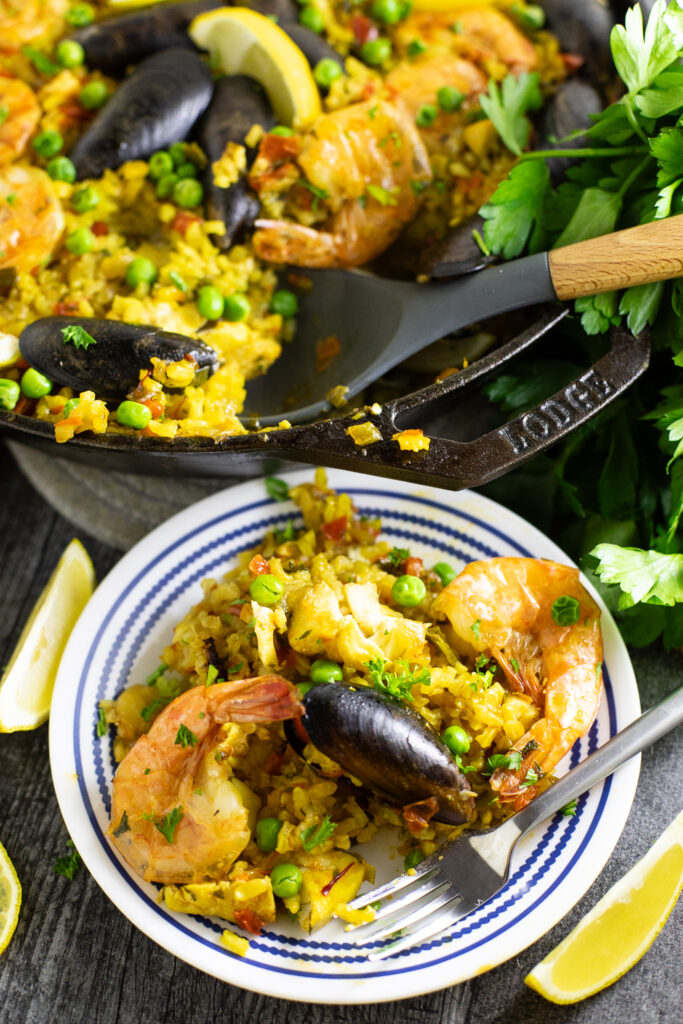
How to Serve Spanish Seafood Paella
In Spain, when you order paella, they will usually ask for how many or bring enough for the table. They will then bring the whole paella pan out to you when it's ready. And it's a very beautiful presentation. Some places helped us serve it onto plates, and others left us to serve ourselves (we were there for two-and-a half weeks, and we ate a lot of paella 😆).
Since this Spanish seafood paella is basically a full meal with vegetables, seafood, and rice, it doesn't really need any side dishes. You can add a fresh salad with greens, tomatoes, or other fresh veggies and olive oil and vinegar for a simple side.
More Seafood Recipes You'll Love
- Pastalaya - pasta in a rich sauce with chicken, sausage, and shrimp. Tastes just like an amazing jambalaya with pasta instead of rice.
- Shrimp Etouffee - shrimp in a rich, buttery, deeply flavored sauce served with white rice.
- Parmesan Garlic Herb Salmon - salmon baked with fresh garlic and herbs and parmesan cheese for a super easy salmon dinner.
- Southern Pan-Fried Catfish - classic southern cornmeal coated catfish pan-fried to golden, crispy perfection.
- Baked Catfish Nuggets - all the deliciousness of the cornmeal-coated catfish with none of the mess from frying oil in this super simple baked version.
Spanish Seafood Paella Video
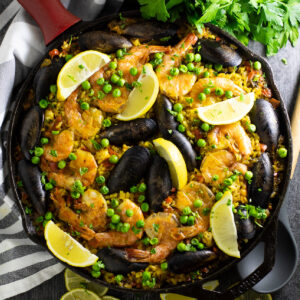
Spanish Seafood Paella
Ingredients
- 3½ cups seafood broth
- 1 cup dry white wine
- 1 teaspoon saffron threads
- 2 tablespoons olive oil
- 1 medium onion chopped
- 6 green onions thinly sliced
- 1 red bell pepper cored, seeded, and chopped
- 1 large tomato chopped
- 2 tablespoons fresh chopped parsley
- 8 garlic cloves minced
- Pinch of salt
- 2 cups Spanish rice
- 1½ pounds firm fish (such as grouper or snapper), cut into bite-sized pieces
- 12 mussels scrubbed, de-bearded, and rinsed
- ½ pound jumbo shrimp peeled with tail on (about 12)
- ½ cup frozen peas
- Lemon wedges for serving
Instructions
- In a medium pot over medium-low heat, heat broth, wine, and saffron together until warm. Remove from heat. Set aside.
- Heat olive oil in a large skillet over medium heat.
- Add onion, green onions, and red pepper. Sauté until onion is tender and translucent.
- Add tomato, parsley, garlic, and salt, and saute until garlic is fragrant.
- Stir in the broth mixture. Bring to a boil.
- Sprinkle rice evenly into the pan. Boil for 3 minutes while stirring occasionally. Taste broth for salt and add to taste.
- Add fish and stir to combine. It is important not to stir after this point.
- Lower the heat and allow to gently simmer about 15-18 minutes.
- Tuck shrimp and mussels into the top of the rice, and sprinkle with peas. Continue cooking for about 5-10 more minutes. Watch for most of the liquid to be absorbed and the rice at the top tender. If for some reason your rice is still not cooked, add ¼ cup more water or broth and continue cooking until done.
- Remove pan from heat and cover pan with a lid or tinfoil. Place a kitchen towel over the lid and allow to rest for 10 minutes.
- Garnish with fresh parsley and lemon slices. Serve.
Notes
- Rice: Bomba rice (arroz bomba) or round rice (arroz redondo) are recommended for this recipe. In a pinch, calrose rice can be used, but be sure to rinse well before using because it is a sticky rice. To use calrose rice, also reduce the liquid to 3 cups broth and ¾ cups wine.
- Liquid disappearing too fast? Turn the heat down, and add a little more broth, if necessary. Continue cooking until rice is tender and cooked through.
- Clams: If you can find clams in your area, you can add a dozen small clams to the paella at the same time as the mussels.
- Storage: Store leftovers covered in the fridge for up to 2 to 3 days.
Nutrition
Never Miss a Thing!
Join our newsletter to get new recipes, tips, tricks, and tutorials every week!

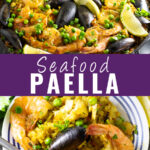
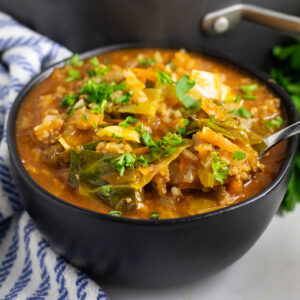
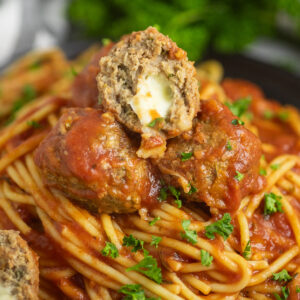
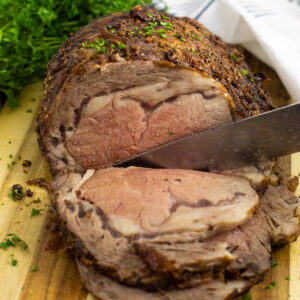
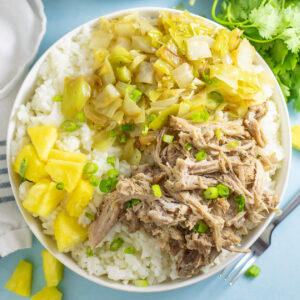
Leave a Reply